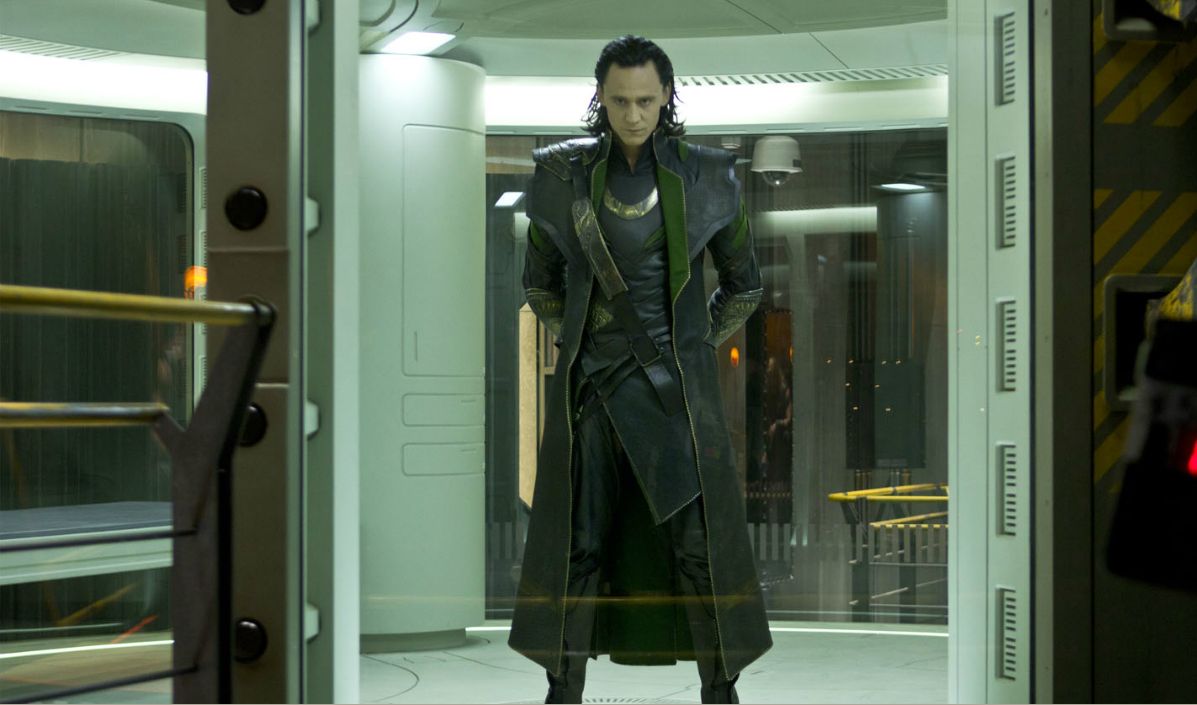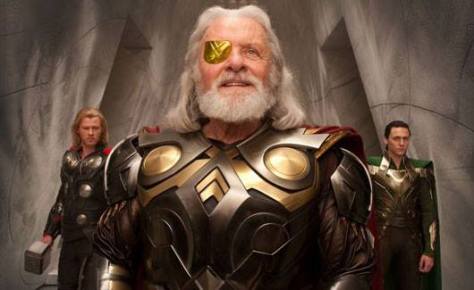There is a lot to unpack about Loki. First, he’s a mythological character that has the ability to change from a man to a woman to an animal to anything else. He’s also advancing the LGBT cause in his own comic book, in which he’s bisexual (not to mention able to change gender, although this isn’t entirely knew; he spent many Marvel issues back in the day cavorting in Lady Sif’s body and in Norse mythology, he turned into a mare and gave birth to Slepnir, a horse with eight legs and proclaimed the best of all horses).
But the comic book also poses a bit of an issue: has Loki become a pro-LGBT character simply because he’s popular and could actually be a great way to diversify Marvel’s pantheon of characters? Or is has he been turned into an bisexual character because he’s a villain? In short, was he a character that suffered from queer coding before he was actually turned into an LGBT character?
ComicsAlliance posted a great article by Andrew Wheeler, who asks the tough question I posed above. He wrote that it’s easy to see Loki as bisexual because of his villainy.
…[Q]ueer villains are a well established and dangerous trope. Evil in fiction often takes the shape of gay, bisexual, transgender or otherwise gender-subversive characters, from Norman Bates in Psycho to Raoul Silva in Skyfall, by way of Ace Ventura, The Silence of the Lambs, Basic Instinct, The Talented Mr. Ripley, Watchmen, 300, Batman: The Killing Joke, every crime procedural on TV, and even the mirror universe versions of Star Trek and Buffy the Vampire Slayer.
In these works and in too many others to name, the audience is presented with the notion that amorality goes hand-in-hand with an “abnormal” view of sex and gender. A person who transgresses against law and good conduct, we are told, is the type to transgress against accepted gender roles and relationships. In this view of the world, crime and queerness are both indecent deviations; manifestations of a broken person.
Loki’s look in the movies also bring the queer-coding into effect, if only slightly. Thor is big, brawny, and stereotypically manly. Loki, on the other hand, is slight and doesn’t exhibit the Hollywood definition of “manliness.” Even Thor and Loki’s manners of dress reflect what could be argued as Hollywood coding. This isn’t a takedown of Alexandra Byrne’s work–she did a great job on both Thor and Marvel’s The Avengers. But let’s take a look at how one could view Loki and Thor based simply on their costumes.
Thor’s costume automatically makes you realize that he’s meant to be seen as a hero. He’s got a full chest of armor, his huge arms are revealed so we can see his muscles, and the only flowy thing he has is his cape; everything else he’s wearing purely suggests that he is a man’s man. This is not part of costuming, but it also helps that Chris Hemsworth has the classic Hollywood square jaw and a beard, which has signified virility and manliness way for centuries in many different cultures.
Meanwhile, Loki is a lot more nebbish and…alternative, for lack of a better word. His costuming is much darker in color than his brother’s, but there are other small signifiers of him being a little bit different from his bro and the rest of his family. His costume is a lot flashier in that there’s a lot more gold and bronze going on than Thor’s silver or pewter. What does this have to do with anything, especially since Odin is wearing tons of gold armor? Gold or bronze itself doesn’t particularly mean “queer coding.” But having that gold or bronze pounded out into a necklace-type shape, combined with a flowy overcoat, does. The overall effect creates a character that looks brooding, unapproachable, self-insulated and way off the beaten path.
Both Thor and Odin are given the treatment of “virile” men–the costumes emphasizing the broad chest, plates of armor, imposing shoulder pads to give their capes even more prominence, and, of course, the beards. Loki, who also is sans-beard on top of everything else, comes across looking much more feminine than the other men in his family.
Of course, Loki also has his own armor and I’m not saying that the movie is saying that he’s explicitly gay through how he presents himself. What the movie wants you to think, however, is that Loki is “queer” in terms of being different from the norm. Again, to quote Wheeler:
Does this mean that all queer characters in fiction need to be absolutely and unambiguously morally pure? Not at all. First, no character outside of a parable should be that uncomplicated. Second, there is a legitimate artistic reason for portraying some queer characters as subversive. That’s essentially what the trickster is; a marginal and mercurial character who exists outside of convention and challenges expectation. That’s fundamentally queer.
What do you think about all of this? Discuss it in the comments section below!
Thor (Chris Hemsworth)for Marvel’s Thor: The Dark World. Credit: Jay Maidment/Disney/Marvel
Loki (Tom Hiddleston) from Marvel’s The Avengers. Credit: Zade Rosenthal/Disney/Marvel
Odin (Anthony Hopkins) from Thor. Credit: Paramount Pictures/Marvel



